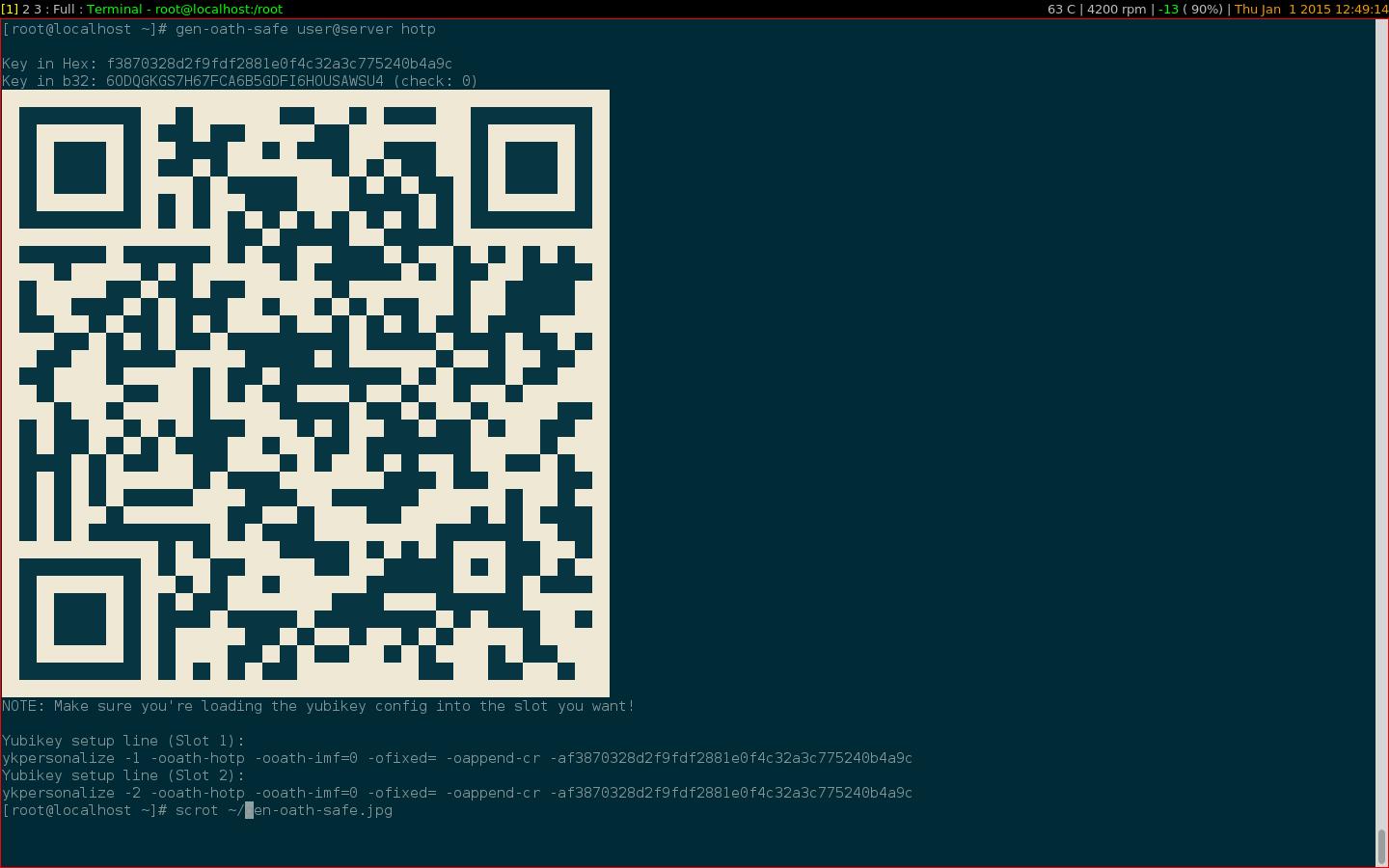When updating a rpm package it is nice to include a summary of the
changes made since the last time. anaconda does this with a nifty
script written by dcantrell called
makebumpver
which also enforces some RHEL rules and handles changing the
version. I only needed the changelog part of this so I modified the
script a bit to remove the extras:
import os
import re
import subprocess
import sys
import textwrap
from optparse import OptionParser
class ChangeLog:
def __init__(self, tag):
self.tag = tag
self.ignore = None
def _getCommitDetail(self, commit, field):
proc = subprocess.Popen(['git', 'log', '-1',
"--pretty=format:%s" % field, commit],
stdout=subprocess.PIPE,
stderr=subprocess.PIPE).communicate()
ret = proc[0].strip('\n').split('\n')
if len(ret) == 1 and ret[0].find('@') != -1:
ret = ret[0].split('@')[0]
elif len(ret) == 1:
ret = ret[0]
else:
ret = filter(lambda x: x != '', ret)
return ret
def getLog(self):
range = "%s.." % (self.tag)
proc = subprocess.Popen(['git', 'log', '--pretty=oneline', range],
stdout=subprocess.PIPE,
stderr=subprocess.PIPE).communicate()
lines = filter(lambda x: x.find('l10n: ') != 41 and \
x.find('Merge commit') != 41 and \
x.find('Merge branch') != 41,
proc[0].strip('\n').split('\n'))
if self.ignore and self.ignore != '':
for commit in self.ignore.split(','):
lines = filter(lambda x: not x.startswith(commit), lines)
log = []
for line in lines:
fields = line.split(' ')
commit = fields[0]
summary = self._getCommitDetail(commit, "%s")
long = self._getCommitDetail(commit, "%b")
author = self._getCommitDetail(commit, "%aE")
log.append(("%s (%s)" % (summary.strip(), author)))
return log
def formatLog(self):
s = ""
for msg in self.getLog():
sublines = textwrap.wrap(msg, 77)
s = s + "- %s\n" % sublines[0]
if len(sublines) > 1:
for subline in sublines[1:]:
s = s + " %s\n" % subline
return s
def main():
parser = OptionParser()
parser.add_option("-t", "--tag", dest="tag",
help="Last tag, changelog is commits after this tag")
(options, args) = parser.parse_args()
cl = ChangeLog(options.tag)
print cl.formatLog()
if __name__ == "__main__":
main()
I've copied my version of this
here for
easy downloading. Run it like this -
git-changelog -t livecd-tools-15.0 and the output is:
